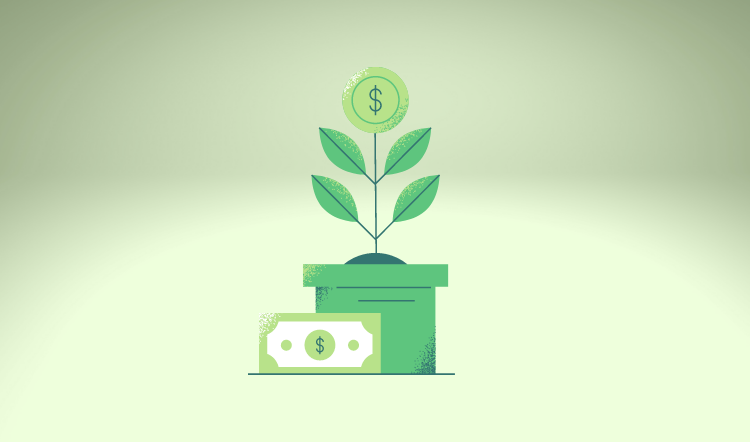Green Finance
How fintechs like Aquaoso help banks assess climate risks in their lending portfolios
- New climate-focused fintechs aim to help financial institutions with assessing their loan portfolios' climate-related risks.
- These fintechs are filling a gap in the market, as financial institutions need better data capabilities to assess risks amid a changing regulatory environment.








